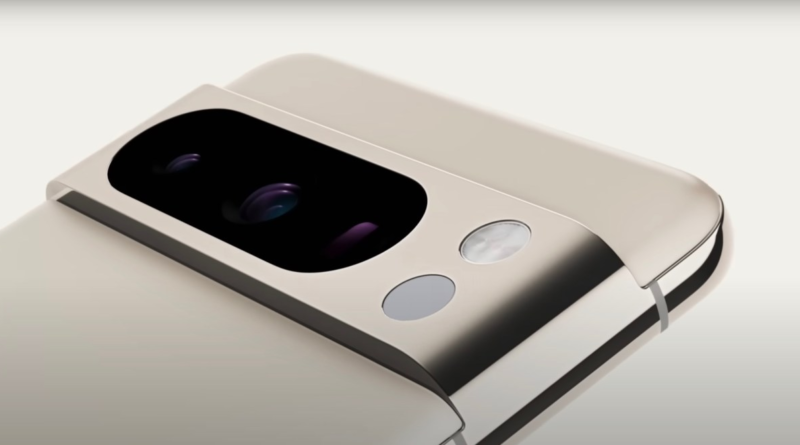Google pens letter in support of Oregon right to repair legislation
Google today issued an open letter voicing support of pending Oregon right to repair legislation. The note, penned by Devices and Services Director of Operations Steven Nickel, calls the proposal “a compelling model for other states to follow.”
Google also used the opportunity to issue a white paper aimed at connecting repairability claims with its broader sustainability goals. The document also, naturally, gives the company opportunity to talk up existing device longevity promises, including the seven years of software support the company promises for its flagship Pixel devices.
The right to repair movement has been gaining tremendous traction over the past several years. In October, California became the third state to pass a right to repair bill — following New York and Minnesota. To the surprise of many, it was a moved backed by Apple. At the time, at least 10 other states had their own versions in the works.
The sponsor of the new bill, Senator Janeen Sollman, has been vocally critical of Apple’s apparent efforts to scale back the scope of Oregon’s proposal. After meeting the company at their California offices, the lawmaker relayed the following comment to The New York Times, “I said, ‘[Apple is] making it more accessible, but it’s not a true right to repair if you have ultimate control.”
In particular, the state legislator has singled out Apple’s reliance on proprietary parts. We have reached out to Apple and Senator Sollman for comment.
In November, the Times noted:
New batteries can trigger warning messages, replacement screens can disable a phone’s brightness settings, and substitute selfie cameras can malfunction. The breakdowns are an outgrowth of Apple’s practice of writing software that gives it control over iPhones even after someone has bought one. Unlike cars, which can be repaired with generic parts by auto shops and do-it-yourself mechanics, new iPhones are coded to recognize the serial numbers for original components and may malfunction if the parts are changed.
The paper cited iFixit reports, noting that some seven different parts can trigger Apple’s warning system during repair. That’s up by four since 2017, per the report. Apple has cited both security and consumer ease of use as reasons for its reliance on first-party parts. Companies like Google and Samsung, meanwhile, have partnered directly with third-party solutions such as iFixit, including its own home repair option for Pixel devices.
Google’s language notably focuses on customer access. “Repair must be easy enough for anyone to do, whether they are technicians or do-it-yourselfers,” writes Nickel. “This requires that as manufacturers we design products in a manner that enables simple, safe, and correct repairs wherever and by whomever they are done. This is what we call design for serviceability.”
This morning’s news arrives shortly after Google confirmed layoffs and restructuring impacting the Pixel, Nest and Fitbit lines.




